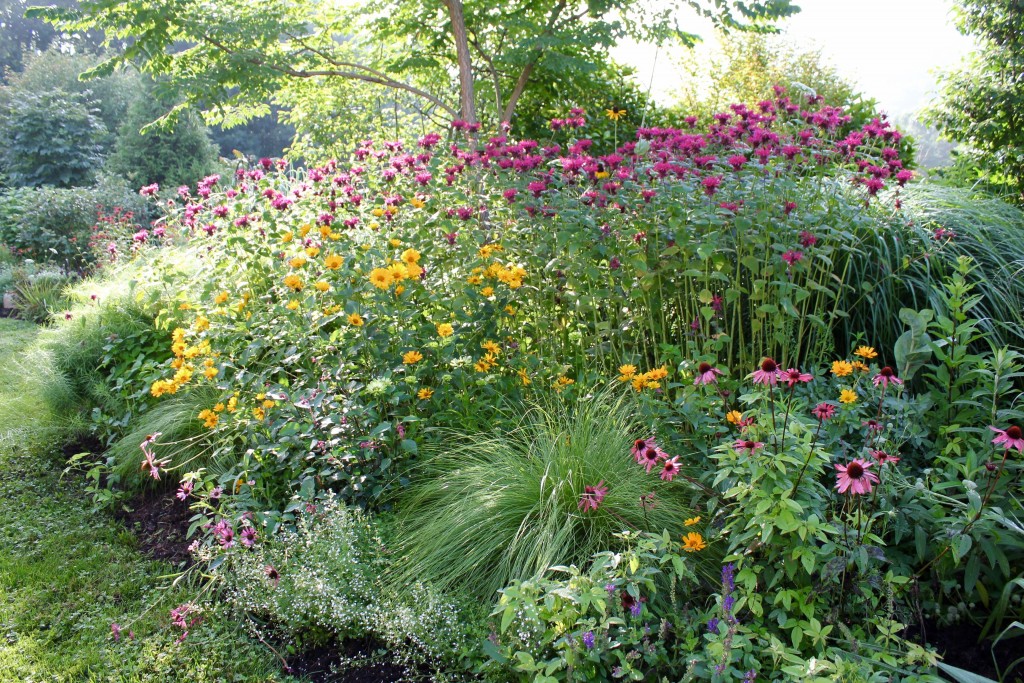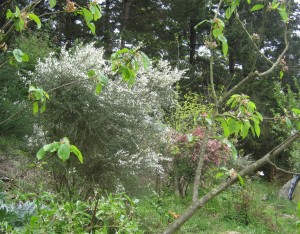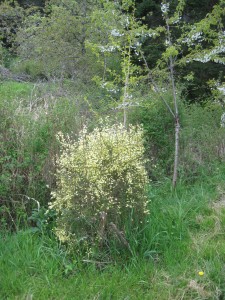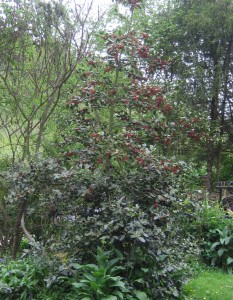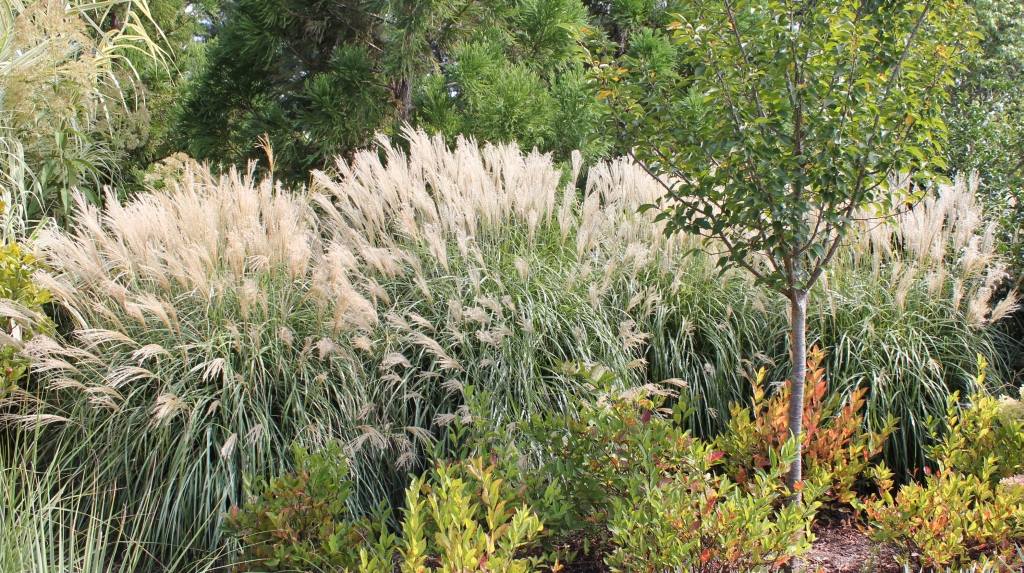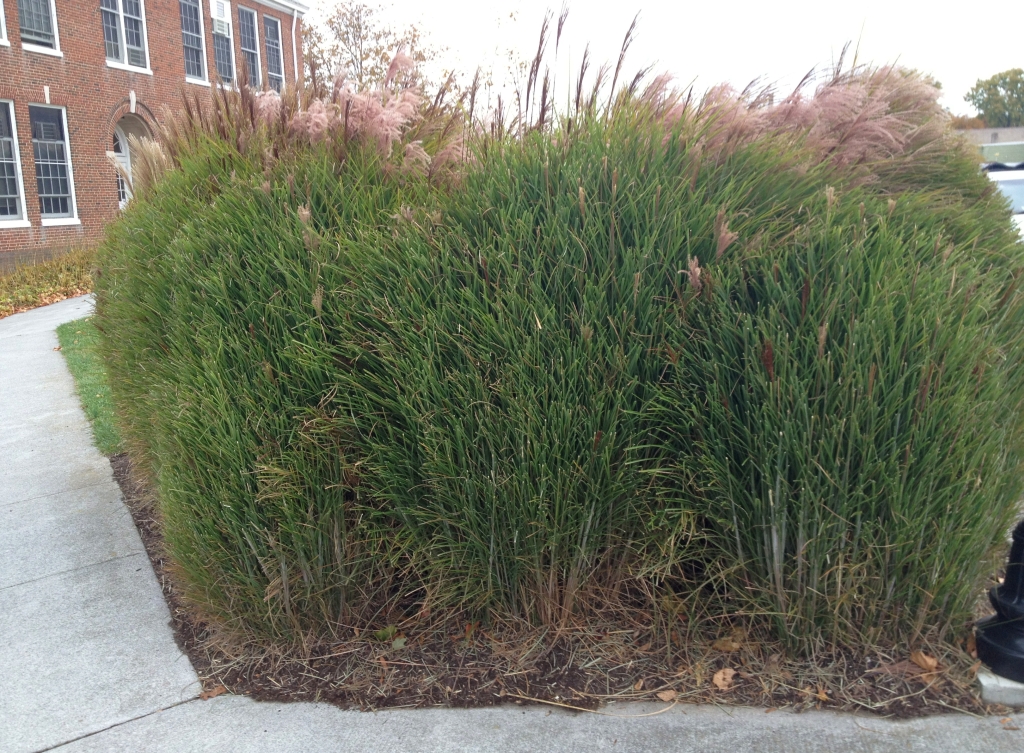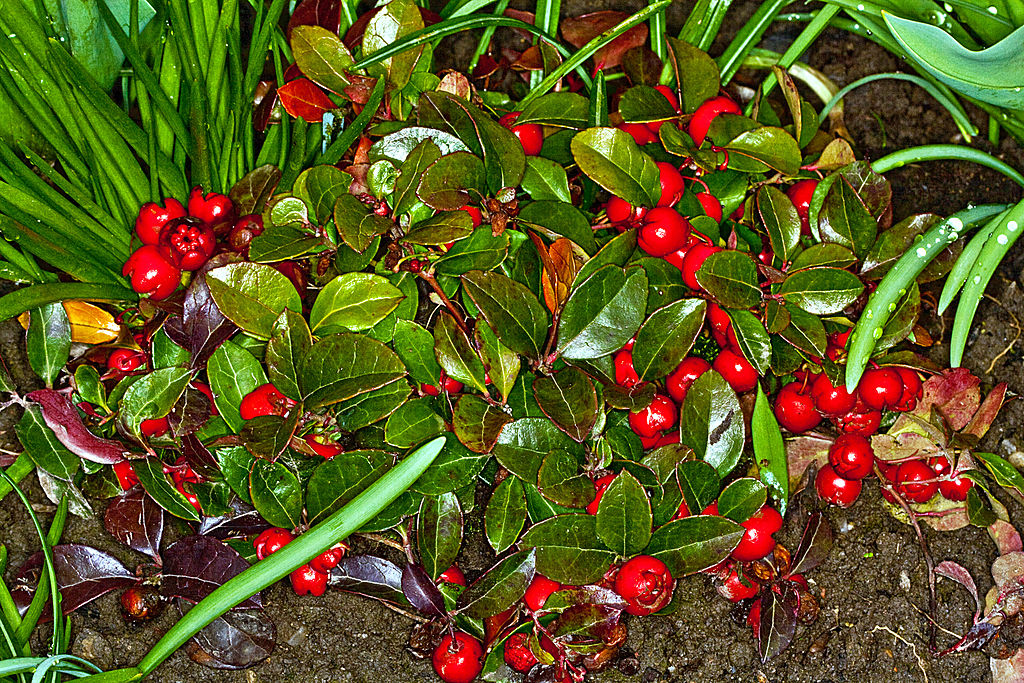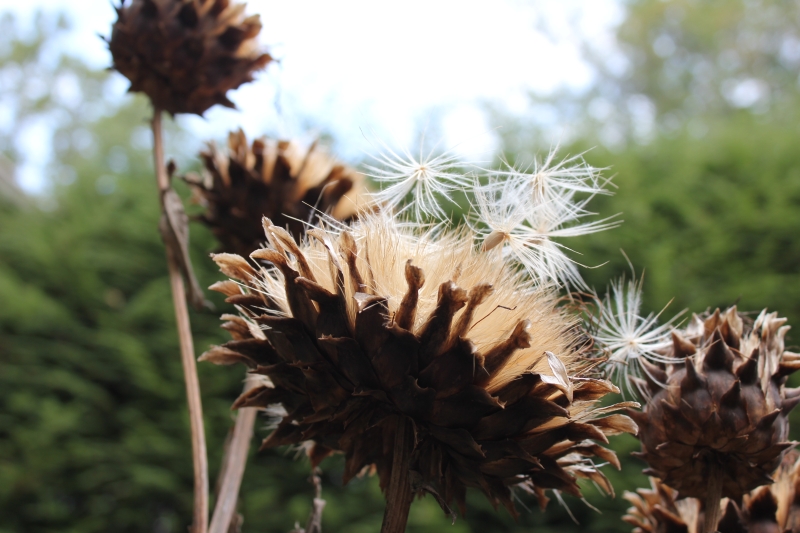Just back from the always-inspirational Perennial Plant Association Symposium, this year held in Baltimore. The theme celebrated the massive influence of German plantsmen and designers on both the mid-Atlantic and the perennial business as a whole. Whether a grower, garden center owner, or landscape designer, the names historically associated with Mid-Atlantic horticulture – Kurt Bluemel, Oehme, van Sweden & Associates, etc. – resonated with all attendees.
The history of the “perennials movement” was recounted – where the Germans (and more than a few Dutch) admired, utilized, and selected cultivars of our fabulous summer and fall-blooming native perennials – long before we North Americans ceased relegating them to ditch weeds. And then they taught us how to use them in “New American Garden” style – sweeping herbaceous plantings (fewer species but larger quantities of each), mixed with ornamental grasses and non-native but pollinator-friendly beauties such as Salvia nemorosa and Perovskia atriplicifolia.

But this was my first encounter with Rudbeckia grandiflora ‘Sundance’. This seed strain was introduced by Jelitto® Staudensamen seven or eight years ago. It has a pretty broad native range… Midwest to South-Central United States. USDA cold hardiness zone ratings listed as 5-8 and 4-9 from various sources. Always full sun. Didn’t see a speck of powdery mildew.
The flower habit is a bit like Ratibida pinnata – the slightly drooping petals give the sensation of movement (even with zero breeze, 90% humidity, and 96° F). The clear yellow color works with just about anything. Around 4’ tall, the sturdy stems showed little sign of flopping. I’m sure the cones will persist, adding texture as the fall progresses.
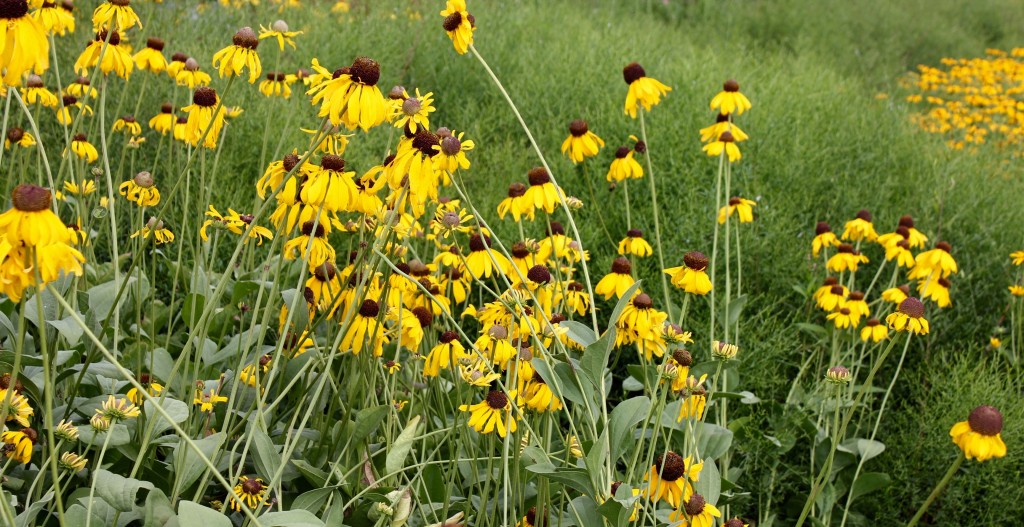
‘Sundance’ will never impress in a nursery container in May. It’s one of those you-must-see-it-in-the-garden plants. OR or you can take my word for it. And that word is “Yowza!” (Followed by “gimme gimme gimme.”)


